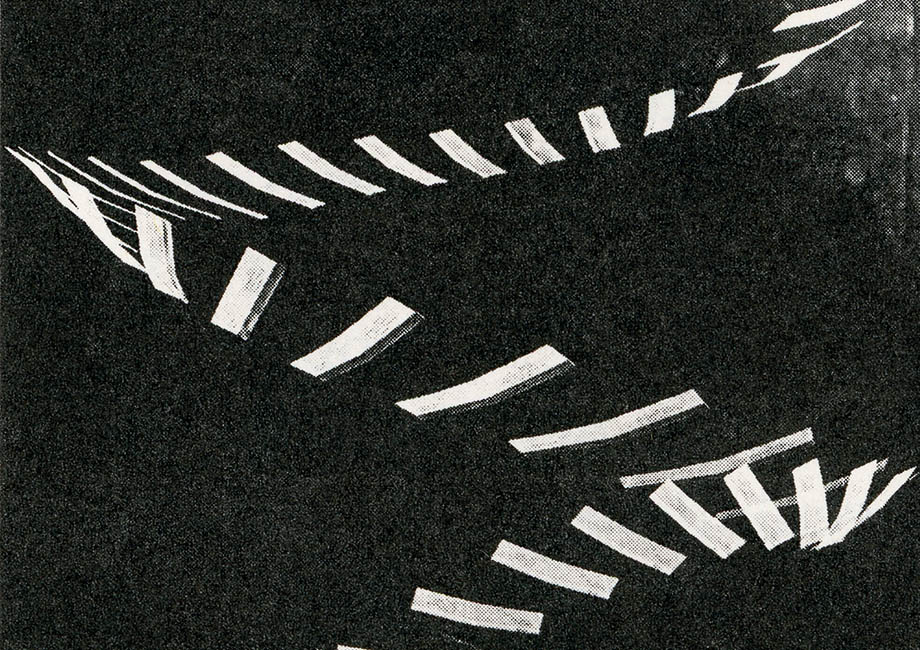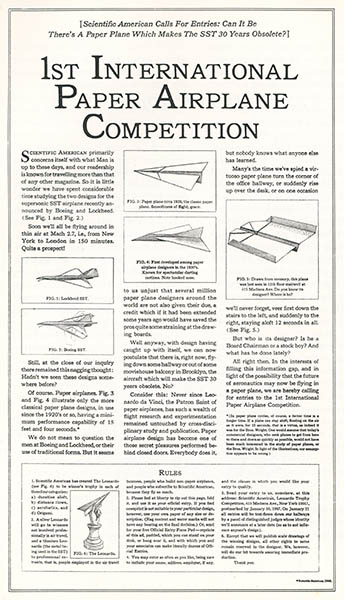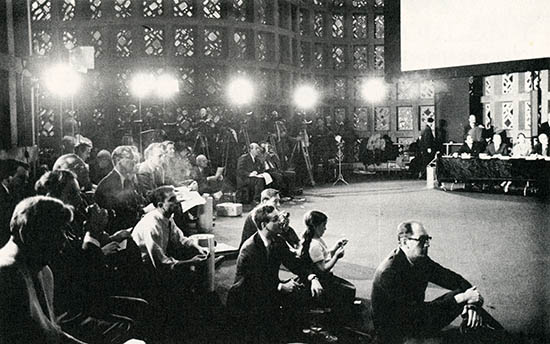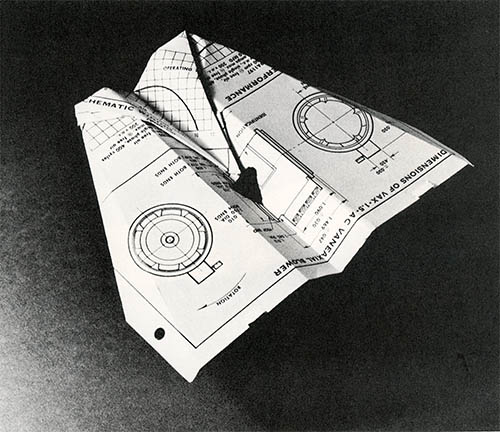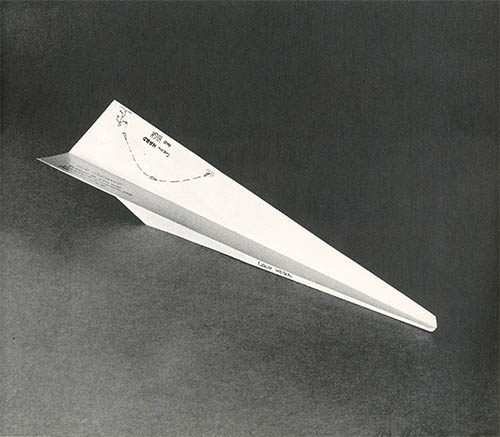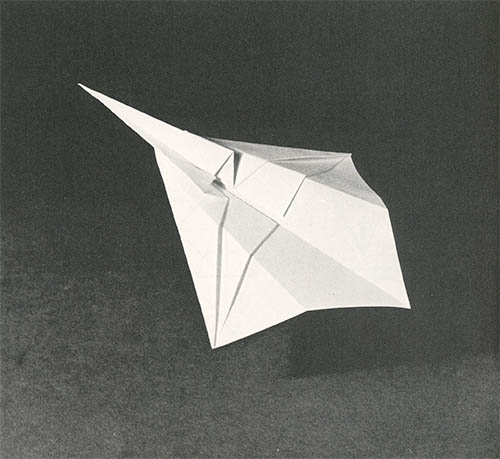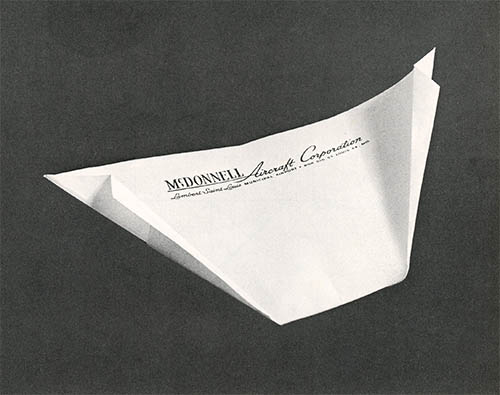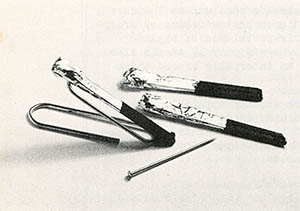In the mid 1960s Scientific American began to look for ways to increase circulation and, perhaps more importantly, to expand their roster of advertisers. To help the publisher Gerald Piel hired the iconoclastic marketing genius Howard Luck Gossage.
Gossage, who ran his small agency out of a converted San Francisco firehouse, became known for ads that engaged readers through brilliant tongue-in-cheek copyrighting and unusual contests and promotions (in the 1950s he even gave away a kangaroo as part of a Qantas promotion).1 He decided to target airlines as potential advertisers for magazine and created the “1st International Paper Airplane Contest.”
Gossage’s timing could not have been better. Boeing was working on the SST and the French, British and Russians all had announced similar projects.2 Aeronautics and supersonic travel had become frequent news topics. In December 1966 he placed ads in the New York Times, the New Yorker, and Travel Weekly and in only six weeks received nearly 12,000 entries from 28 countries. The contest had transcended advertising to become a news story itself.
The final judging was held at the New York Hall of Science in Queens on 21 Feb 1967 in front of a panel of “mostly men wearing dark suits, white shirts and the standard narrow tie.” It was covered by the major news outlets including all three of the TV networks. Five months later the results were compiled into The Great International Paper Airplane Book.
“The assembled press observes the Final Fly-offs”
The book, written by Gossage, his copyrighter Jerry Mander and art director George Dippel, was described somewhat cheekily as a “compendium of theory and practice.” It included a recap of the contest, an annotated history of aeronautics and an appendix of letters that accompanied some of the entries. Most importantly, however, was a “special added chapter” that included 20 of the planes – including all the winning entries – with instructions to make them yourself.
Gossage’s campaign ultimately did little to attract new advertisers to Scientific American but his book became a classic and is still in print some 45 years later.
1. For the record: He gave away two kangaroos, several stuffed koalas, 98 boomerangs and 7500 postcards that explained why Qantas had no “u” in it. For more on Gossage see: Godby, Jeff. The Book of Gossage. Chicago: The Copy Workshop, 1995 (WorldCat).
2. The Boeing project (the 2707) was cancelled in 1971 due to rising development costs and environmental concerns but the British/French project became the Concorde and the Russian project became the TU-144.
2. Mander, Jerry, Dippel, George and Gossage, Howard. The Great International Paper Airplane Book. New York: Simon and Schuster, 1967 (WorldCat, online – including the instructions). The scans here are from your humble narrators’ yellowed, dog-eared childhood copy.
19 Nov 2014 ‧ Design
